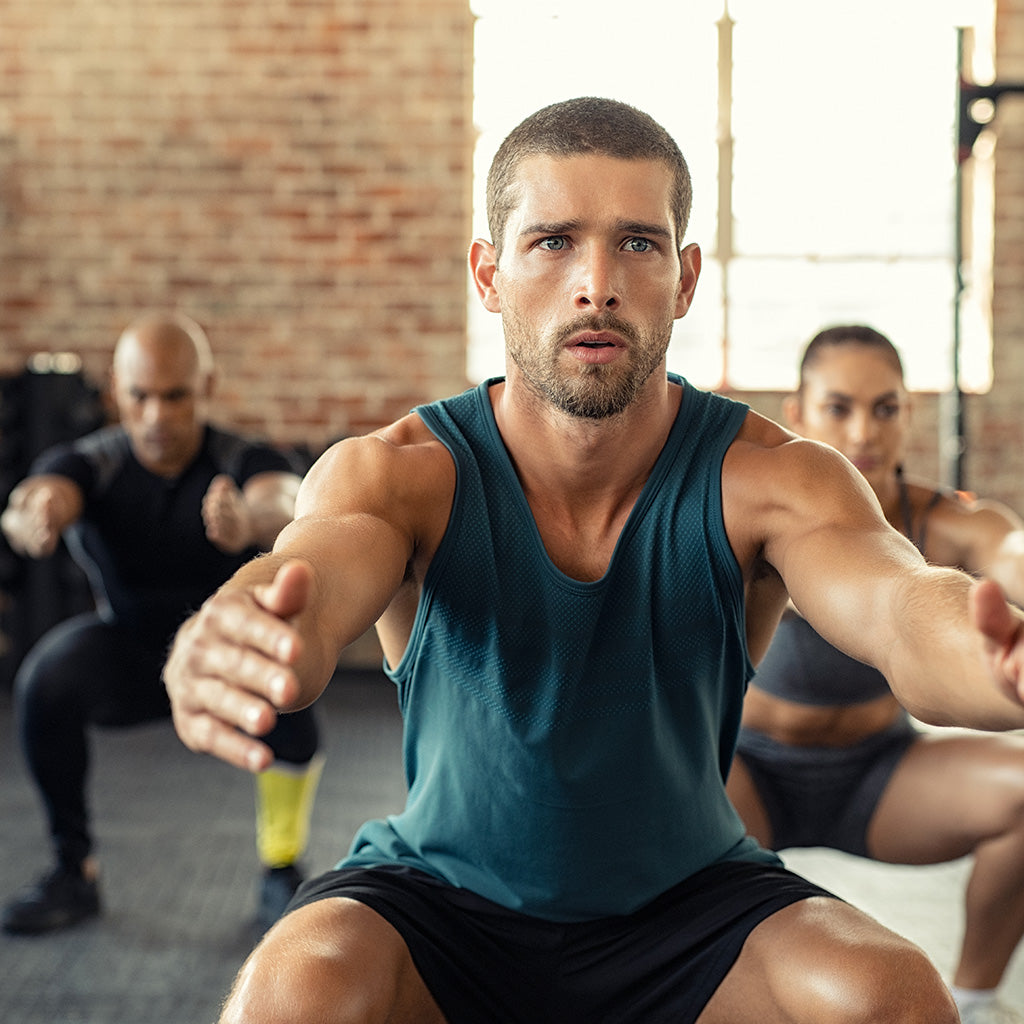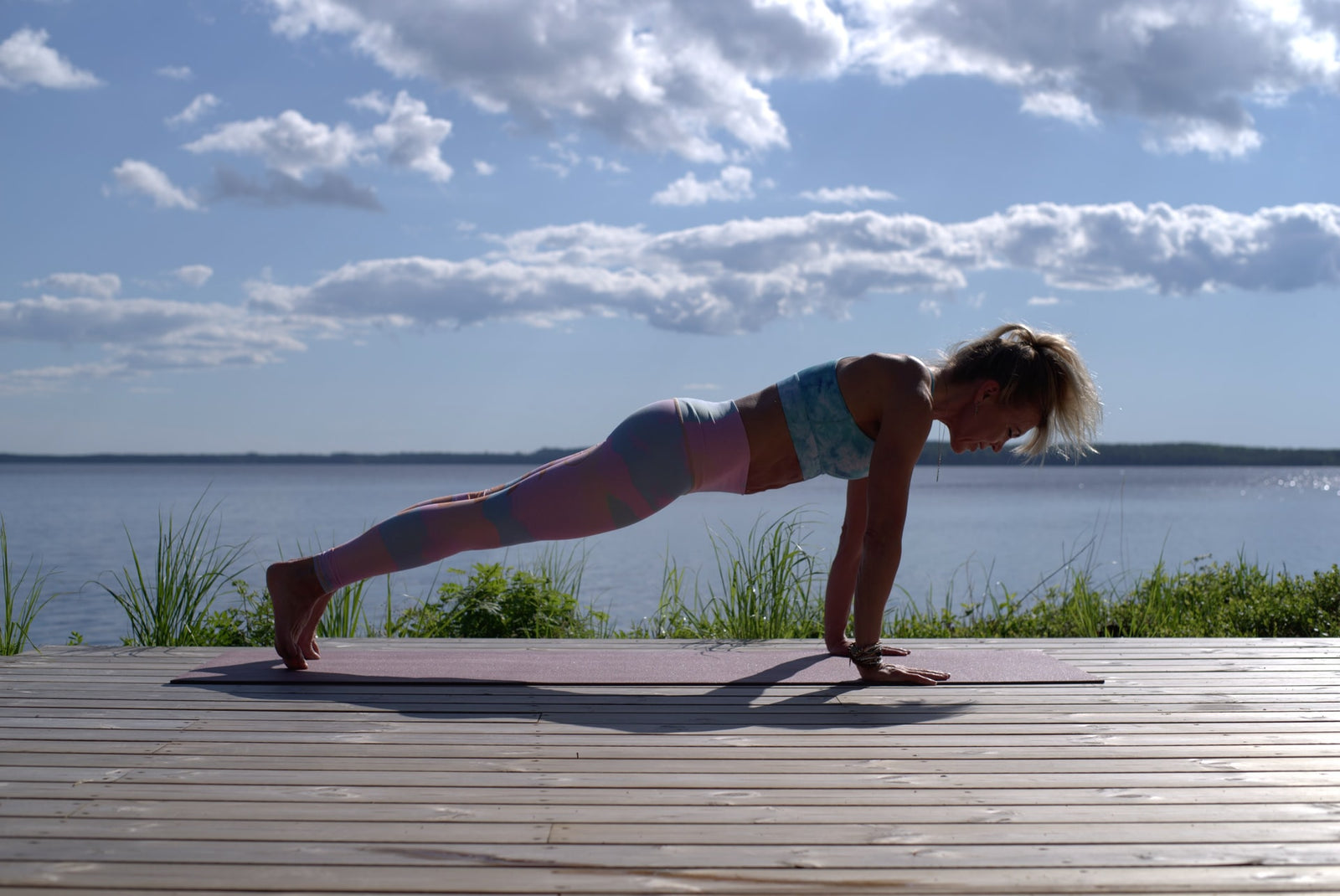If you’ve just signed up for that virtual yoga class or dusted off the stationary bike from the attic, odds are you may have experienced DOMS – or Delayed Onset Muscle Soreness. In layman’s terms, sore muscles.
You may know this to be a normal, almost usual occurrence already. But if lockdown life is already making you a little more curious, or you find yourself having more time to look deeper into things, this article will let you in on why.
WHY DO YOU GET SORE MUSCLES AFTER A WORKOUT?
DOMS happens when muscles have to work a little harder than they normally would. The pain you feel is usually from “microscopic damage to the muscle fibers” when you perform a strenuous exercise or some forms of physical stress. [1]
Physiologically-speaking, DOMS takes over when your muscle groups perform “an eccentric or lengthening contraction.” [2] Think about the last time you ran down the slope or performed more bicep curls than you normally would. The soreness is actually tiny tears in your muscle, with some inflammation to boot.
No need to worry when mild soreness takes place, as this is a natural occurrence usually straight after a workout and even a few days – approximately 2 to 4 days – after that.
Just think that along pain comes a stronger body a few days later.
8 THINGS YOU CAN DO TO ADDRESS MUSCLE SORENESS
Stretching before a workout? Skip it. You may have heard and done this before, but sorry to break it to you – stretching doesn’t help. According to a review of 12 studies performed by Cochrane, stretching did not reflect any impact on DOMS within a week post-workout. [3] If you want a bit of relief a couple of days after your exercise regimen, you may want to consider a dynamic warm-up instead, based on some evidence. [4] Note though that the studies show it’s only a minimal reduction, if at all.
Drink lots of water.Hydration is an essential part of helping your muscles recover. It helps with inflammation, getting rid of your body’s toxins and waste products, and supplying your system with nutrients. [5] So during and after any strenuous activity, try to drink enough water to keep you hydrated. Do not let your body become dehydrated. However, the tricky thing is when to spot dehydration creeping into your system as you work out. So just to be sure, keep hydrating to avoid your body even reaching dehydration.
Foam roller can be a savior. Again, you may know this already. But in case you’re curious as to why this is so, let’s start with the self-myofascial release (SMR). When you use a foam roller, you’re actually performing a technique that releases tension in muscles and connective tissues. As a result, your body finds it easier to move the fluids around, instead of them piling up in the muscles.
Put simply, tools like the foam roller keep your body moving and increase circulation, which also means nutrients and oxygen in the affected muscle groups are sufficiently delivered. According to this 2015 review in the International Journal of Sports Physical Therapy, this avoids DOMS and keeps swelling and tenderness at bay. [6]
Eat within 30 minutes after the workout.It goes without saying that supplying your body with sufficient nutrients is an essential part of healing. Eat protein and carbohydrates – ideally 20 to 40 grams of each, half an hour after your workout that’s lasted over an hour. Protein contains amino acids necessary for rebuilding muscles, and carbs fill up your fuel stores. [7] Don’t forget your fruits and veggies too! They carry vitamins and minerals such as vitamin C and zinc that also help with recovery. [8]
Alternate between intense and light workout.Ever feel like skipping your next training session because you’re too sore? Don’t give in to the temptation. In the whole scheme of healing and recovery, light movements will be way better than spending the whole day on the couch. Remember, a big portion of recovery is allowing blood circulation in your body to deliver oxygen and nutrients needed for repair. But to strike a balance between this and not causing more damage to your muscle tissues, you can follow up your intense workout with some light, restorative ones.
Apply heat or ice packs. If you’re so intent on getting relief from soreness fast, then you could always apply a heat or ice pack on the tender part of your body. Not sure whether to apply heat or cold? The answer is very easy – whichever works for you best! But experts say that ice packs help reduce swelling, while heat can bring tension and pain down.
Rest and sleep. Get ample sleep and rest well. You deserve it!
Try Tart Cherry. This is a Eureka moment for many. Tart Cherry reduces muscle soreness, according to several studies. In fact, Healthline outlined the many ways Tart Cherry increases strength and reduces muscle soreness: “Tart cherry juice intake in the days leading up to and immediately following intense physical exercise may reduce muscle strength loss and soreness. It may also speed up recovery.” [9]
Try VALI Organic Tart Cherry Extract - with Organic Celery Seed & Bilberry now.
SOURCES
[1] https://www.nhs.uk/live-well/exercise/pain-after-exercise/
[2] https://www.webmd.com/fitness-exercise/features/sore-muscles-dont-stop-exercising#1
[4] https://www.ncbi.nlm.nih.gov/pubmed/17535144
[5] https://www.everydayhealth.com/fitness/quick-fixes-for-sore-muscles.aspx
[6] https://www.ncbi.nlm.nih.gov/pmc/articles/PMC4637917/
[7] https://www.ncbi.nlm.nih.gov/pmc/articles/PMC5596471/
[9] https://www.healthline.com/nutrition/10-tart-cherry-juice-benefits#section2








